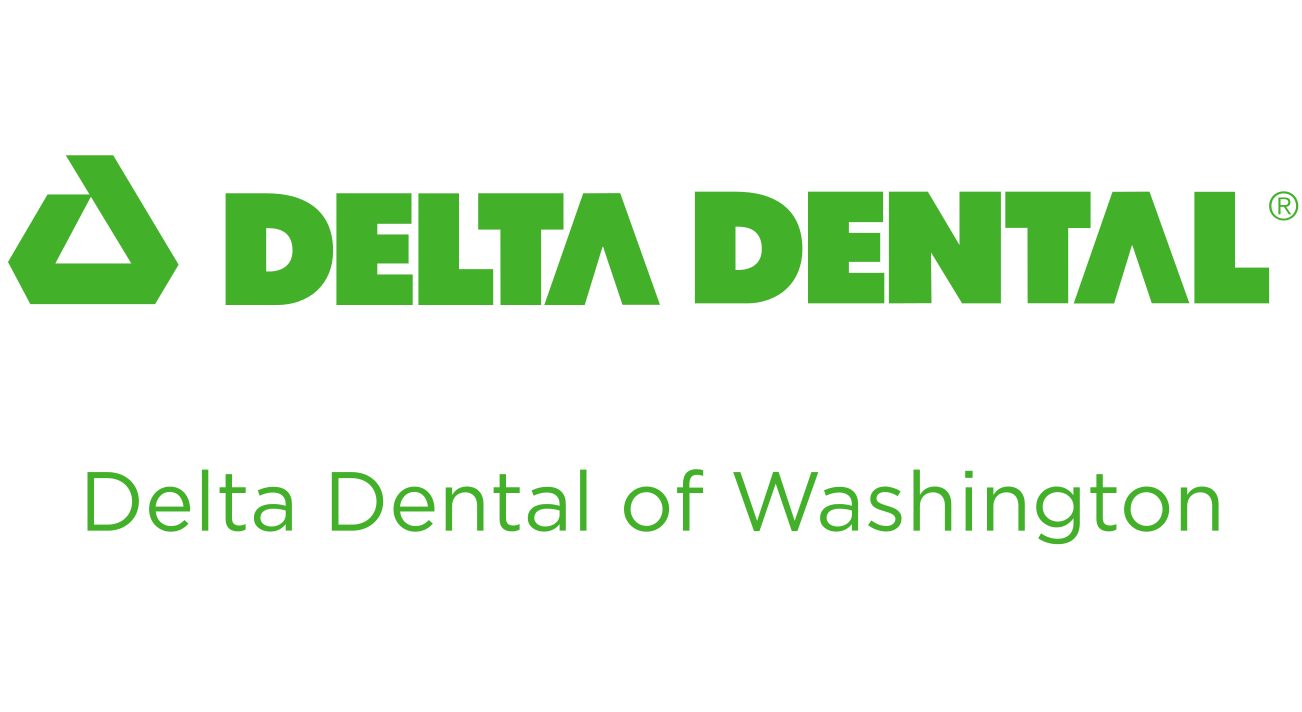In the wake of the Black Lives Matter demonstrations this past summer, conversations about the disparities among BIPOC (Black, Indigenous, and People of Color) communities are more prevalent than ever. We know these inequities to be far-reaching, especially when it comes to oral health.
As February marks both Black History Month and National Children’s Dental Health Month, we couldn’t think of a better time to shine a light on how these disparities are reflected in the oral health of children in Washington’s BIPOC communities.
In accordance with the Arcora Foundation's mission, we want to bring these conversations to the forefront so we can continue to work toward bridging these gaps and allowing all children to enjoy the dental health that they deserve.
For more on all the ways the Arcora Foundation is working to bring quality oral care to all children in Washington, head over to the website.
Read More
Dental Disparities in Washington Children at a Glance
The latest Smile Survey conducted by the Washington State Department of Health shows we’ve come a long way in bettering oral health in children across the board — but there’s still work to be done.

While tooth decay has decreased in every major racial/ethnic group since 2005, Hispanic, Native American, and Alaskan Native children still reported a 50% higher rate of decay compared to white kids.

In addition to the higher rates of decay, non-white children also have larger percentages of decay left untreated, ranging from 15% for Hispanic children all the way up to 26% for Pacific Islanders.

What’s Behind These Dental Disparities?
As the Centers for Disease Control (CDC) notes, these disparities are usually a result of the social determinants of health that disproportionately affect BIPOC communities. These can include income inequality, lack of access to healthcare, community/environmental factors, and inadequate programs in schools.
Many children are affected because:
- Their families don’t have an employer-sponsored dental plan
- Their families can’t afford to pay for private insurance or out-of-pocket coverage as needed
- Their families struggle to eat a healthy diet, either because of financial resources or lack of proper nutrition education
- Their families can’t get time off of work to take them to the dentist
- There’s a lack of transportation to get to dental appointments
- There’s no fluoride in their community water
- They don’t have access to a school sealant program
An article in the American Journal of Public Health (AJPH) goes on to explain that “socioeconomic status account[s] for 71% of the gap in preventative dental care between Black children and white children, and 55% of that between Hispanic children and white children.”
When preventative measures aren’t taken to address oral health concerns early on, those issues can build upon themselves. Which in turn not only causes problems for children now, but can lead to greater and more severe complications down the line.
“Dental health problems during childhood have been found to affect behavioral and cognitive functioning and to have potential long-term effects on language, nutrition, systemic health, and quality of life,” the AJPH adds. “Policies aimed at reducing disparities in child dental health should recognize the need for household- and neighborhood-level interventions.”
What Washington Is Doing to Address to Childhood Dental Disparities
Unfortunately, there’s no single way to eliminate all these disparities, but work is being done to close the gap. In Washington state, some examples of programs include:
- Access to Baby and Child Dentistry (ABCD), which connects low-income families with dentists who are specifically trained to work with young children and educate their parents on proper care
- Community water fluoridation, which is a proven, cost-effective way to reduce tooth decay by around 30% among children of ages 4 to 17.
- SmileMobile, which provides free dental exams across the state to children, teens, and post-partum/pregnant people who are insured through Apple Health (Medicaid) or do not have dental coverage.
- Integrating oral health screenings and education into well-child visits, in which primary care providers are trained to recognize and address oral health through medical/clinical collaborations.
- Preventative oral health education in early learning programs, in which childcare providers and educators are trained to identify children who are at risk for oral health issues, work with their families to prevent decay, and connect them to dental resources.
- Partnerships with Washington tribes to improve oral health, including supporting new workforce and service delivery models, through programs such as Baby Teeth Matter.
- School dental sealant programs, which provide sealants at no charge to children who can’t receive private care, thereby significantly reducing the chance of cavities.
With increased awareness, we can continue working toward achieving accessible dental healthcare and equity for all children in Washington’s BIPOC communities.
For more on all the ways the Arcora Foundation is working to bring quality oral care to all children in Washington, head over to the website.
Read More












